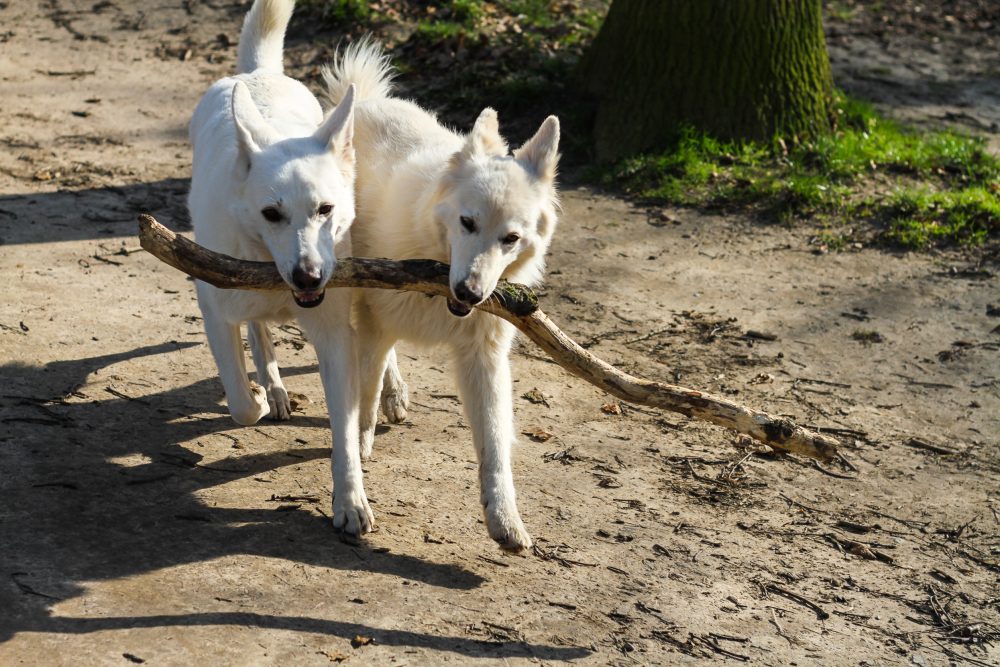
• “My grandparents didn’t tolerate foul language.”
• “During the tense ninth inning, the batter hit a foul ball that soared into the stands, narrowly missing the team owner.”
• “Police suspected foul play when they spotted the broken deadbolt.”
By now, you’ve caught on. The word, ‘foul’ is typically used to describe something unpleasant, unwanted, or illegal – and it once upon a time, it was used in the dog world.
By the AKC, in fact. But you would have to go back almost 100 years to find it.
As of this writing, you certainly won’t find “foul” in any of the AKC breed standards, and we doubt it will show up anytime soon. In the subtle nuances of the English language, (and certainly among wordsmiths), “foul” suggests something that is distasteful, even nasty. These days, dog fanciers tend to refer to something that is negative as “unfavorable,” a fault, or a “disqualification.” Breeders in particular appreciate the power of words among people who don’t know dogs the way fanciers do. If you doubt this, consider a scenario in which prospective owners are looking at a litter of puppies and seem interested in one youngster in particular. Describe any attribute of that pup as “foul,” and we’d wager the visitors will shift their interest to another puppy. It’s human nature.
And it’s unfortunate when an unacceptable color is largely cosmetic, and not indicative how marvelous a companion the puppy can be.
That said, some colors can be indicative of an unsound dog. In some breeds, dogs with substantial white patterning or merle/dappled coats have a higher likelihood of being deaf, and in one popular breed, dogs of a certain color have a median longevity about 10% shorter than other colors in the breed, they have a higher incidence of ear infections, and they are four times more likely to suffer from pyo-traumatic dermatitis, also known as hot-spots.
Now is a good time to mention that preservation breeders don’t breed for color, they breed for soundness and temperament.
But we’ve digressed and it’s time to “show the receipts.” The word, “foul” appeared in the AKC’s Pure-bred Dogs” published in 1929, a time when people were more blunt in describing dogs. “Foul” appeared in the glossary of technical terms: “Foul Color – Any color not characteristic of a bred as mouse marking in a Harlequin Great Dane or black on a Bulldog.”
In other words, any color that is a fault or DQ in a breed. Interestingly, the current Bulldog standard mentions that “patterns and markings may include brindle, piebald, ticking, black masks, black tipping, and a minimal amount of solid black in piebalds.”
Image: We’ve used the image an all white Canaan Dog, a disqualification in this breed. In the “old days,” it would be called a “foul” color. Photo by © Milen Filkov/Dreamstime
